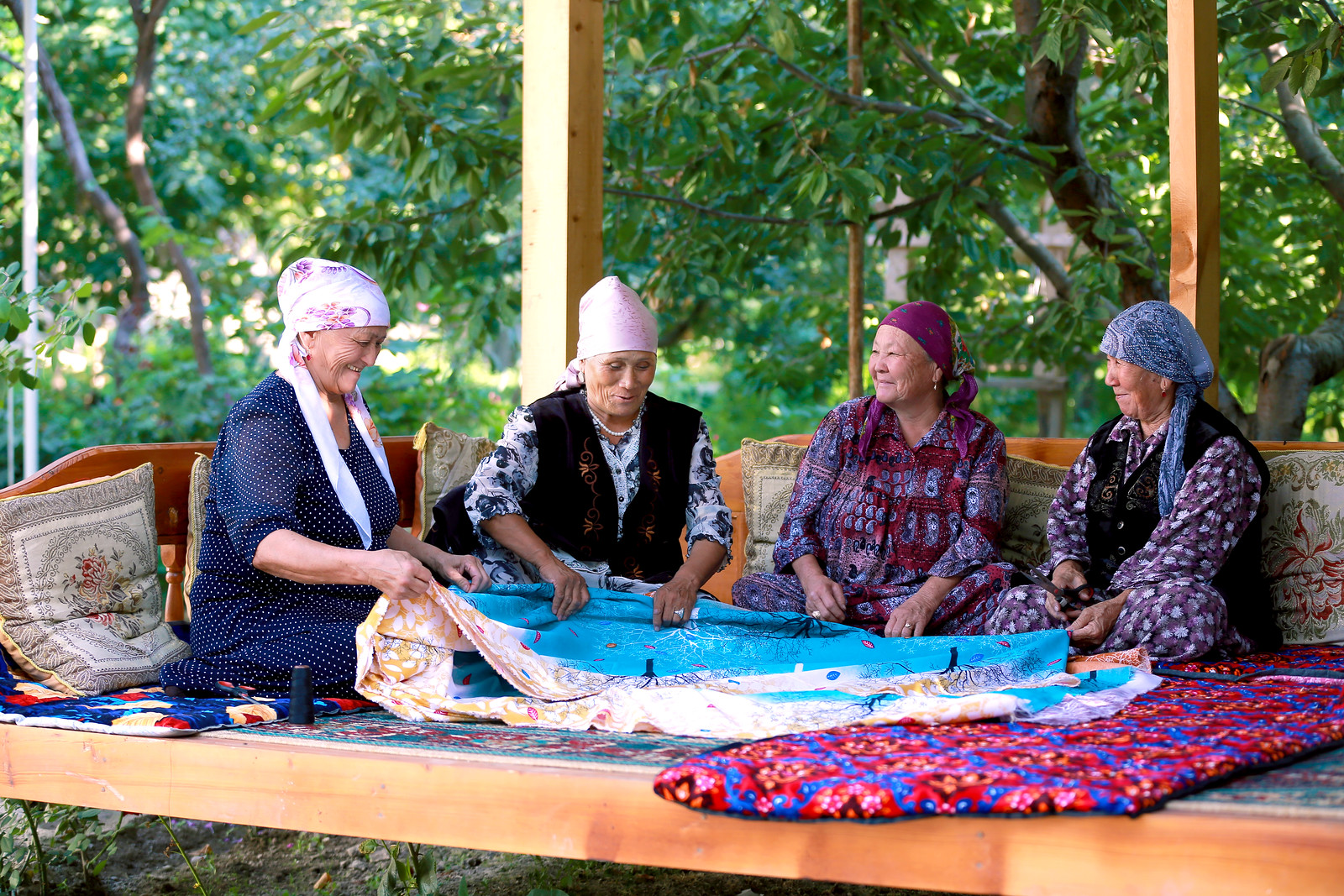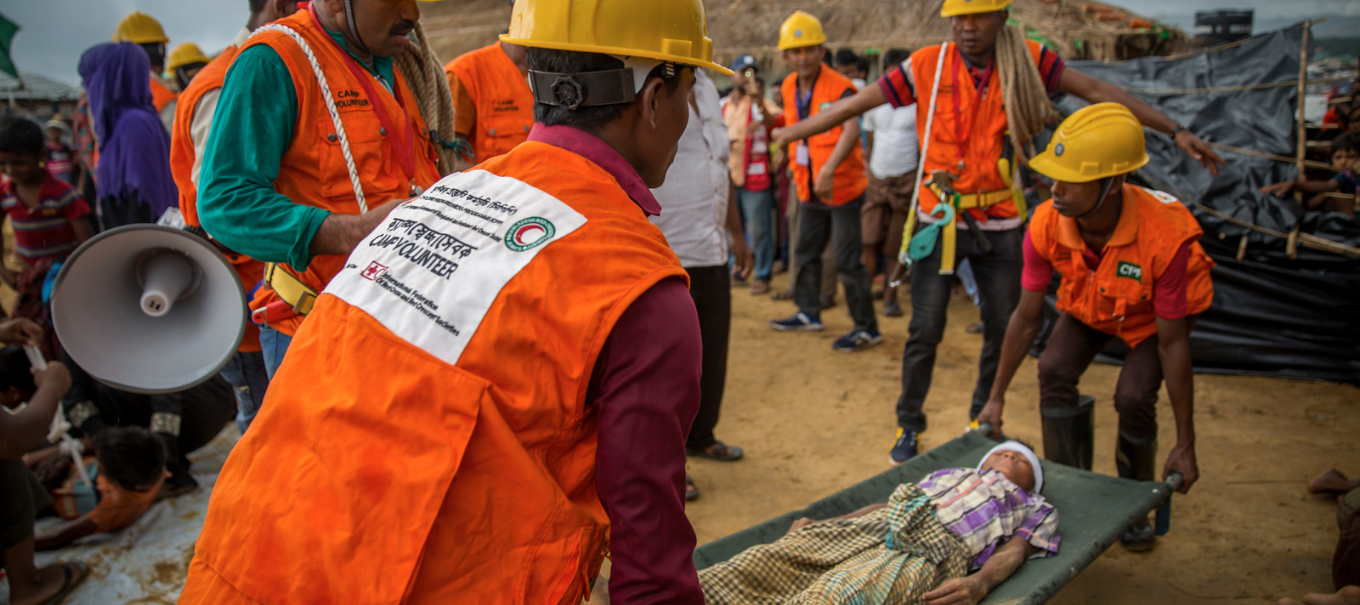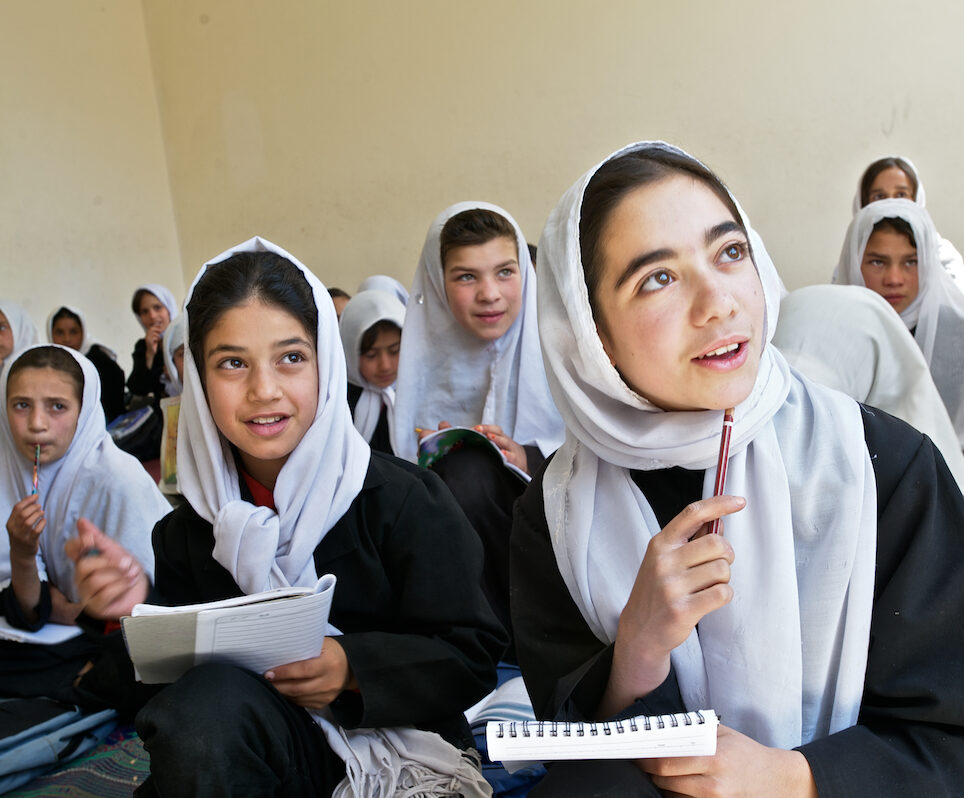Since 2012, InterAction has been working with various actors across the humanitarian community to identify the key elements that make up successful protection interventions which achieve protection outcomes and reduce risk. Throughout its journey, it has documented evidence of Results-Based Protection in practice.
Documentation supports InterAction’s broader strategy of learning, dissemination, and influence and aims to contribute to a strategic and cultural shift within the humanitarian community to achieve protection outcomes by capturing the following information.

1. Evidence, good practice, and lessons learned regarding the application of results-based approaches to protection in practice in order to:
a. Inform our thinking and the further elaboration of RBP as an approach to achieve protection outcomes;
b. Share and disseminate to the broader humanitarian community through various mechanisms with the intent to raise awareness, increase understanding, and encourage the uptake of RBP;

2. How effective and instrumental InterAction’s own methodology and approach in providing field support to organizations wishing to strengthen and implement RBP helps to generate the uptake of RBP in order to:
a. Facilitate internal reflection and learning; and
b. Provide evidence for adapting our own approach as necessary.
Through documentation, InterAction seeks to capture the raw data that helps us illustrate in a nuanced manner what each of the three Key Elements of RBP looks like in practice. This means documenting different aspects of 1) continuous context-specific analysis, 2) outcome-oriented methods, 3) multi-disciplinary strategies, and 4) culture, resources, and systems that support RBP. While InterAction and our partners have compiled a large resource repository showcasing various characteristics of RBP, concrete examples that exhibit the context-specific details, process, and resources needed to apply the key elements are lacking. Documentation will serve to help InterAction move RBP from a theoretical framework to something tangible and realizable in humanitarian crises.
DOCUMENTATION OF WHAT AND WITH WHOM?
Documentation missions aim to fulfill both objectives outlined above. Opportunities to document evidence, good practice, and lessons learned are shaped based on outstanding questions related to RBP as articulated in the Evidence Wheel. The Evidence Wheel is where InterAction continuously revises key questions and serves as InterAction’s iterative tool to input raw data and examples and map out what we know and still need to learn.
InterAction intends to gather the raw data by engaging with partner organizations at the field and global level using the various methods outlined below. Field level engagement is in line with InterAction’s initiative to provide field support for collective strategies to NGOs in different country contexts.
EXPECTED OUTPUTS
The raw data generated from these missions informs the development of case examples that can then be used to create a variety of materials, including:
- Communications materials such as the RBP website, and social media platforms;
- RBP guidance and tools;
- Workshop/training materials such as PowerPoint presentations and handouts;
- Webinars and RBP Hub meetings; and
- Advocacy materials.
The case examples showcased on InterAction’s RBP website as a separate page will be disseminated to relevant networks in the wider humanitarian community.
CASE EXAMPLES THAT EXPLORE RBP IN ACTION

People-Centered Approach: Recognizing Communities as the Experts
Learn More
Action Against Hunger: Integrating Protection and Nutrition in Burkina Faso AND the Democratic Republic of the Congo
Learn More